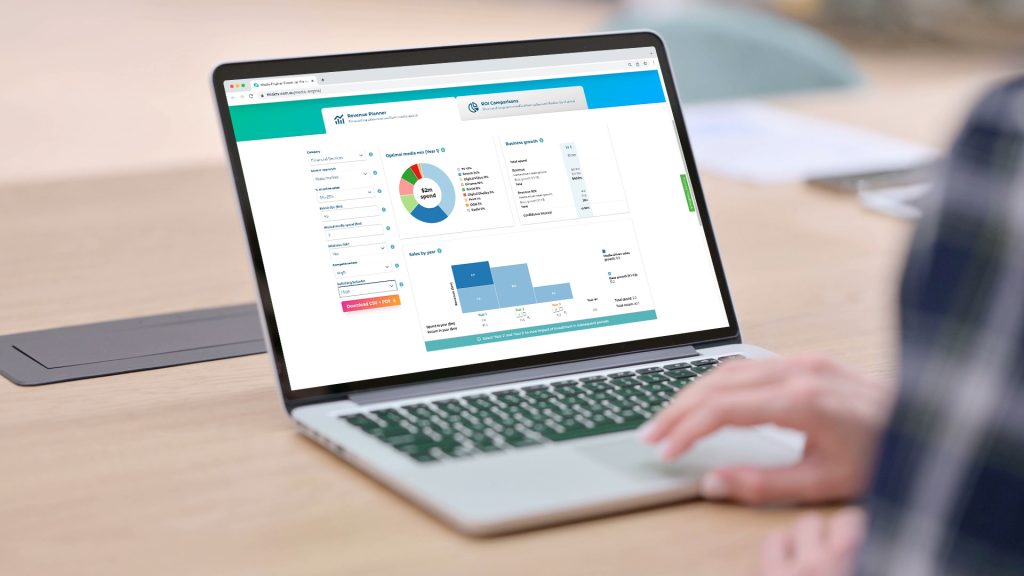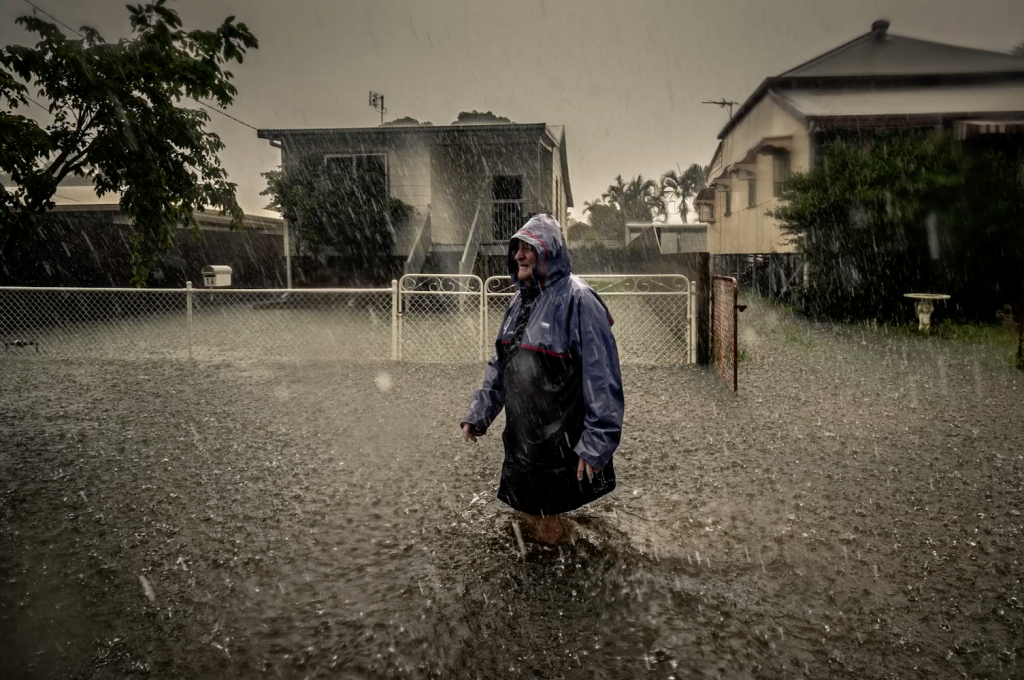World-first study finds video advertising lasts longer in the memory on some platforms than others
Posted on 31st July 2018 in Media Releases


Posted on 31st July 2018 in Media Releases
Groundbreaking research from respected marketing science academic, Professor Karen Nelson-Field, reveals the extent to which video advertising affects consumers’ product choices for up to a month after they are exposed to an ad.
The ‘Decay Edition’ of Professor Nelson-Field’s ongoing Benchmark Series, commissioned by ThinkTV, contains a number of findings that are designed to help advertisers and their agencies get the best out of video advertising.
rofessor Nelson-Field found that ads placed in a TV content feed, viewed on any screen, positively impact sales for far longer than ads on either Facebook or YouTube. In fact, memory retention for TV advertising was so strong that its impact on sales after 28 days was greater than Facebook or YouTube could generate at their peak, that is, immediately after viewers saw ads on those platforms. Professor Nelson-Field puts this down to TV’s superior viewability.
Professor Nelson-Field used bespoke A.I. machine-learning technology and eye-tracking software to remove human bias in her team’s data gathering for the Benchmark Series, which is explained below* and here, in this short video.
This latest tranche of the Benchmark Series sought to understand and compare the length of time after exposure that an ad can impact consumer product choice (sales) on the three major video platforms – Facebook, YouTube, and TV – across different screens.
Earlier findings had revealed short term sales impact scores for the three platforms by asking more than 2,500 participants* to visit an online supermarket to choose products they wanted to purchase immediately after being exposed to a series of ads.
In this latest tranche, Professor Nelson-Field asked participants to re-visit the online supermarket 14 days and then 28 days after initial exposure. Professor Nelson-Field discovered that the residual effect of an ad exposure varies significantly by platform and screen, specifically that:

Commenting on the results, Professor Nelson-Field said: “These new results show that some platforms work better than others when it comes to delivering that other crucial element of media effectiveness, the ability to be remembered over time. Not only does TV advertising generate a greater sales impact in the short term, it also sustains that sales effect by remaining in consumers’ memories for longer.
“TV continues to have this impact because of viewability. Tranche One of Benchmark showed that screen coverage and pixels are the dominant factor in generating attention and cut-through. TV commercials play full screen, are 100% viewable and do not suffer from playing ‘below the fold’ or scrolling. So TV wins in two ways. Its sales impact is high up front and its decay rate is slower than competitors.
“It’s important to note that advertising works by reaching lots of people close to the buying occasion. Our decay results highlight one single group of people that were exposed to an ad on a particular day. But there will always be a new group of unique TV watchers tomorrow. So buying fewer impressions because the decay rate on one single exposure is superior to online would be the wrong conclusion to draw from this research. All you would do is simply miss reaching lots of new people who are close to a purchase occasion.”
Kim Portrate, chief executive of ThinkTV, said: “The latest Benchmark findings clearly demonstrate that TV is not only the best video media platform for short-term sales impact, TV is also the best for long-term effects by enabling creative to be remembered for longer. And long-term effects are important for brand growth. All advertising fades over time but TV ads shine brightest and fade slowest, leading to stronger cut-through and impact on sales and longer campaign retention.
“On mobile, BVOD is the optimal choice if you want your ad to continue to impact of your target audience’s product choices over time. And when it comes to the longer-term, TV content on a TV screen remains king for influencing consumer behaviour.”
Steve Weaver, Director of Research, Insights and Education at ThinkTV, said: “It is fascinating to discover that the residual impact from advertising in a TV content feed on mobile after 28 days is at around the same level that online platforms can deliver at their peak, immediately after the exposure.”
*What was the Methodology?
Using bespoke A.I. machine-learning technology and eye-tracking software, 2,583 Australians were exposed to 18,219 advertisements under natural viewing conditions in the home. Respondents were then tasked to go shopping in an online shopping mall, where they were able to consider up to 38,745 different brands including the ones they were exposed to in the study’s advertising. Called ‘Discrete Choice Modelling’, this approach is widely used and is academically validated as the most accurate way to reveal consumers’ actual choice of brand as opposed to mere intention to buy. For more on methodology see the following explainer videos, which can be embedded into stories: Benchmark Series Methodology in 2 minutes, Benchmark Series Methodology in 4 minutes.
^ How is STAS measured?
STAS is the acronym for Short-Term Advertising Strength. STAS is calculated by determining the proportion of category buyers who bought a specific brand having not been exposed to that brand’s advertising, and comparing this to the proportion of category buyers who were exposed to advertising and went on to buy the brand. A STAS score of 100 indicates no advertising impact, in that those who were exposed to the advertising were just as likely to purchase as those who were not. A score above 100 indicates that the advertising had an impact on sales.

News / Media Releases / 9th Feb 2024
Total TV revenue decreases 10 per cent for the 12 months to December 2023 while Broadcaster Video on Demand is up 10 per cent. ThinkTV has announced the total TV […]

News / Media Releases / 14th Aug 2023
Revenue for the 12 months to June 2023 hits $3.6 billion and BVOD growth continues to accelerate – up 6.1 per cent. ThinkTV has today announced the TV advertising revenue […]

News / Media Releases / 6th Feb 2023
Total TV revenue increases by 1 per cent for the 12 months to December 2022 while BVOD growth continues to accelerate – up 23 per cent. ThinkTV has today announced […]

News / Media Releases / 8th Aug 2022
Total TV revenue increases 11 per cent for the 12 months to June 2022 while BVOD growth continues to accelerate – up 53 per cent. ThinkTV has today announced the […]

News / Media Releases / 23rd Mar 2022
The Media Engine empowers marketers to create better briefs by outlining the optimal media splits to generate revenue. In an Australian first, ThinkTV has launched the Media Engine, a planning […]

News / Media Releases / 7th Feb 2022
Total TV revenue increases 20 per cent for the 12 months to December 2021 while BVOD growth continues to accelerate – up 68 per cent. ThinkTV has today announced the […]

News / Media Releases / 27th Sep 2021
A powerful new public service campaign that heroes the country’s ingenuity, inventiveness and resilience to overcoming challenges is being released nationally in a bid to boost Australia’s double vaccination rate […]

News / Media Releases / 16th Aug 2021
Total TV revenue is up 12 per cent for the 12 months while BVOD surges ahead by 63 per cent. ThinkTV has today announced the total TV advertising revenue figures […]

News / Media Releases / 19th Jul 2021
Edition Five of The Payback Series shows how to maximise return on investment by choosing channels with the ability to deliver positive ROI as well as short and long-term sales. […]

News / Media Releases / 25th Feb 2021
The latest edition of The Payback Series demonstrates TV’s ability to generate demand for Australian businesses in a multitude of categories across a range of time frames. An Australian-first study […]